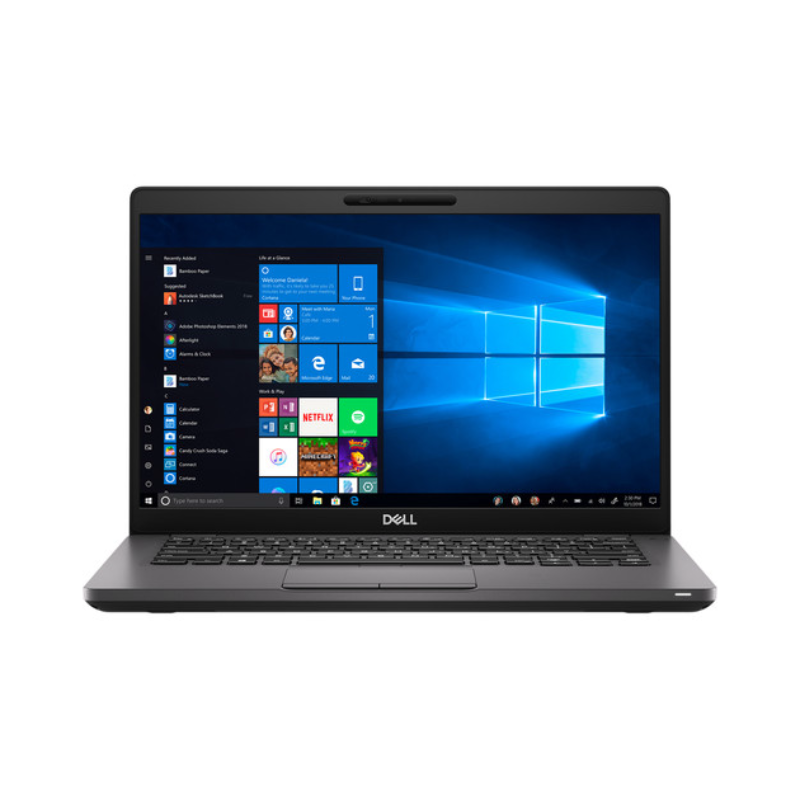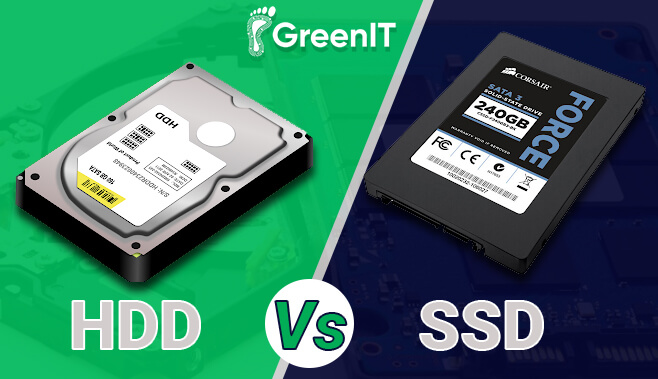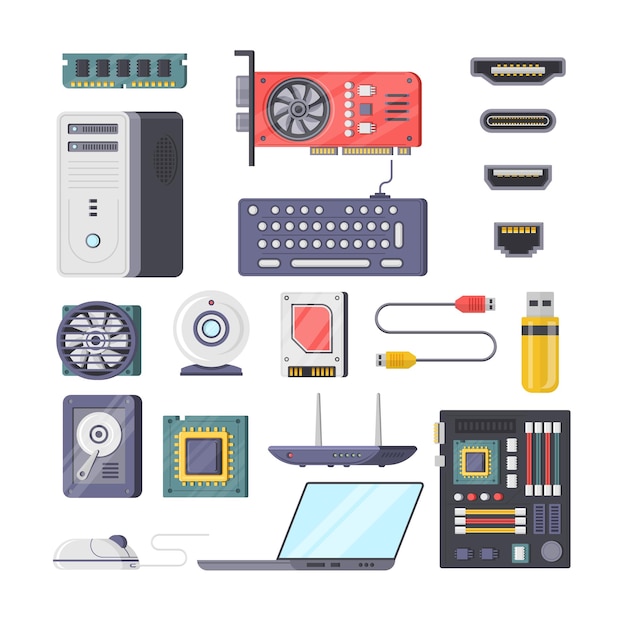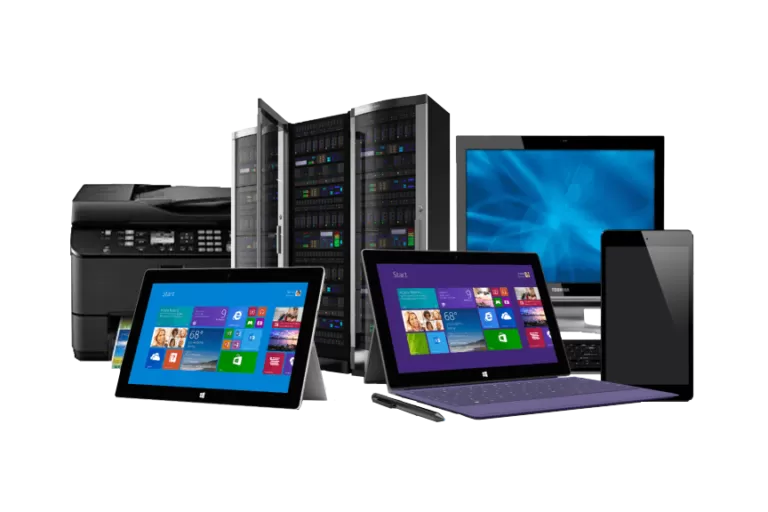5 Advantages to Buying a Chromebook
While chromebooks are not as powerful as gaming laptops, they’re plenty fast for basic tasks like checking email or browsing the web. If macOS or Windows 10 is not your choice above all others, these web-based laptops are both reliable and inexpensive. If you have a tight budget or looking to get some light work done, Chromebooks may be a good option for you.
1. Durability
Chromebooks are designed for classroom environments, so most of them have spill-resistant keyboards and extra tight hinges. As we all know, kids (as careful as they are) have a tendency to drop things, particularly technology. Though we don’t recommend chucking one off of a cliff, they can survive minor drops and other unplanned disasters.
2. Affordability
As we are all well aware Apple MacBooks tend to be on the higher end of the price point when choosing a laptop. Chromebooks, which cost about €200-€400, are a budget-friendly alternative. For example, the 14 inch Lenovo N42 Chromebook, armed with 4GB of RAM and a Celeron N3060 processor, is €219 for the base configuration. For €120 more, you can choose a brand new Acer Chromebook 314 with 32GB of storage. For a 14” screen, you can’t ask for better value and quality than that.
3. They Look the Part
Some Chromebooks are really bland-looking, meant to be more practical than beautiful, while others have that high quality laptop look to them. For me, Acer have really hit the nail on the head as far as the design goes. Currently at a very affordable €339, the Acer 314-1H has a sleek clean look to it and with a 14” LED Screen, it really stands out from the crowd.
4. Good Battery Life
When it comes to Chromebooks, you can expect to get six hours or more on a single charge, as they use less power than Windows laptops. If you want to get another couple of hours out of it, we’d recommend dimming the screen and disabling Bluetooth. Ideal for bringing out and about when fully charged without the niggling fear that the battery isn’t going to last.
5. Largely Virus-Free Systems
The cool thing about Chromebooks is that you don’t have to download third-party virus software. That’s because they run ChromeOS, which automatically downloads new security patches every six weeks. That means you’re pretty safe from new-found threats, as they have built-in virus protection. With that being said, I wouldn’t say Chromebooks are entirely immune from malware attacks. Oh and since they’re webpage-based, they support something called sandboxing, which isolates threats to specific browser tabs.
For a full range of our Chromebooks on offer, visit https://www.greenit.ie/product-category/chrome/

























